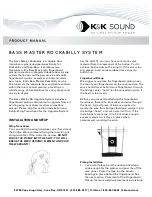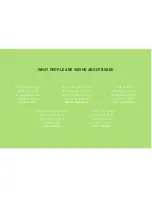
Special Weighbridge Operations
Customizing Weighbridge Descriptions
VT300 Technical Manual, Rev. A4
75
Doc
#
TM-VT300-EN
9 Special Weighbridge Operations
9.1 Customizing Weighbridge Descriptions
This section assumes you are familiar with VT300 weighbridge functionality. If not,
refer to the
VT300 User’s Guide
, chapter 6.
When users weigh a vehicle using the VT300, they are prompted for information on
the vehicle, also known as
weighbridge descriptions
, or
reference codes
.
By default, users are asked to enter three descriptions:
VEHICLE
(the license plate of
the truck),
CLIENT
(the owner of the truck) and
PRODUCT
(the produce being
weighed). This data entry can be customized, in one of the following ways:
You can define the number of descriptions that users are prompted for. For
example, you can increase the number of descriptions to 4, or reduce it to 1.
You can define the labels of the data fields, which are shown to the user. For
example, you can change the label
CLIENT
(which by default is used for the
second data field) to
COMPANY
. Changing the label effects what users enter in the
data field, and subsequently, the data saved about vehicles that enter the
weighbridge.
Before you can customize the weighbridge descriptions, you must set
SYSTEM
>
SET
>
OPER
>
USER FORMS
to
YES
.
After customizing weighbridge descriptions, you must inform users of the indicator
what to enter in each descriptive field.
To change the number of weighbridge descriptions shown to users:
1. Press
MENU
and navigate to
SYSTEM
>
SET
>
OPER
>
REFR CODE
.
2. Select one of the options:
0 – no weighbridge descriptions are shown to users.
1 – only weighbridge description 1 is shown to users.
2 – only weighbridge descriptions 1 and 2 are shown to users (in this order).
3 – only weighbridge descriptions 1, 2 and 3 are shown to users (in this
order).
4 – all weighbridge descriptions are shown to users (in the order 1, 2, 3, 4).
You can view and customize descriptions 1, 2, 3 and 4 using the procedure
below.
3. Press
ENTER
to save the new setting.












































